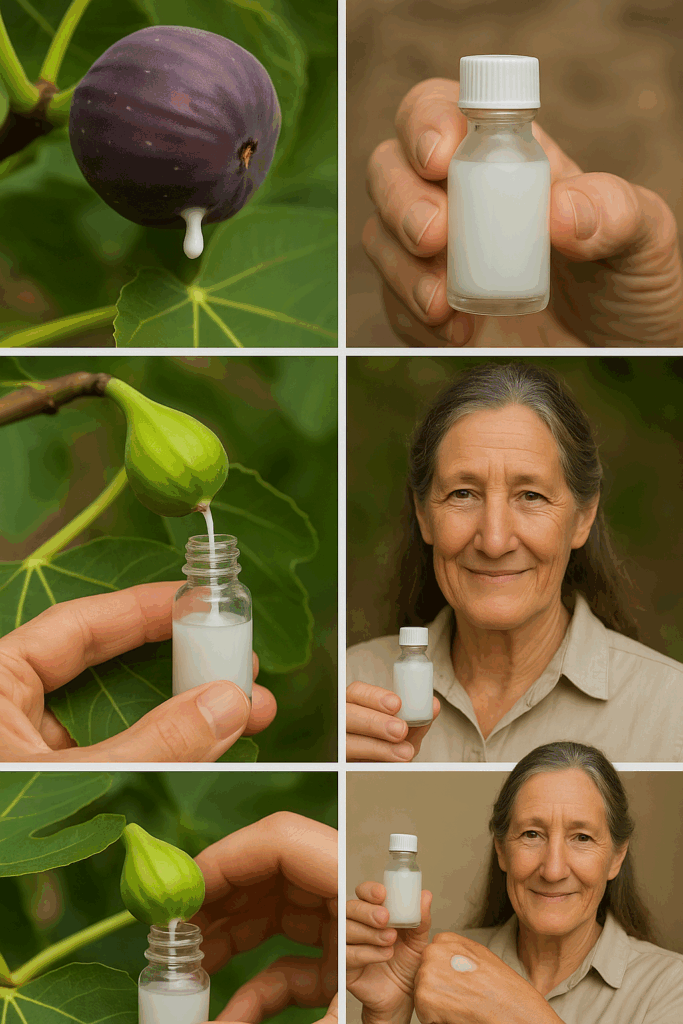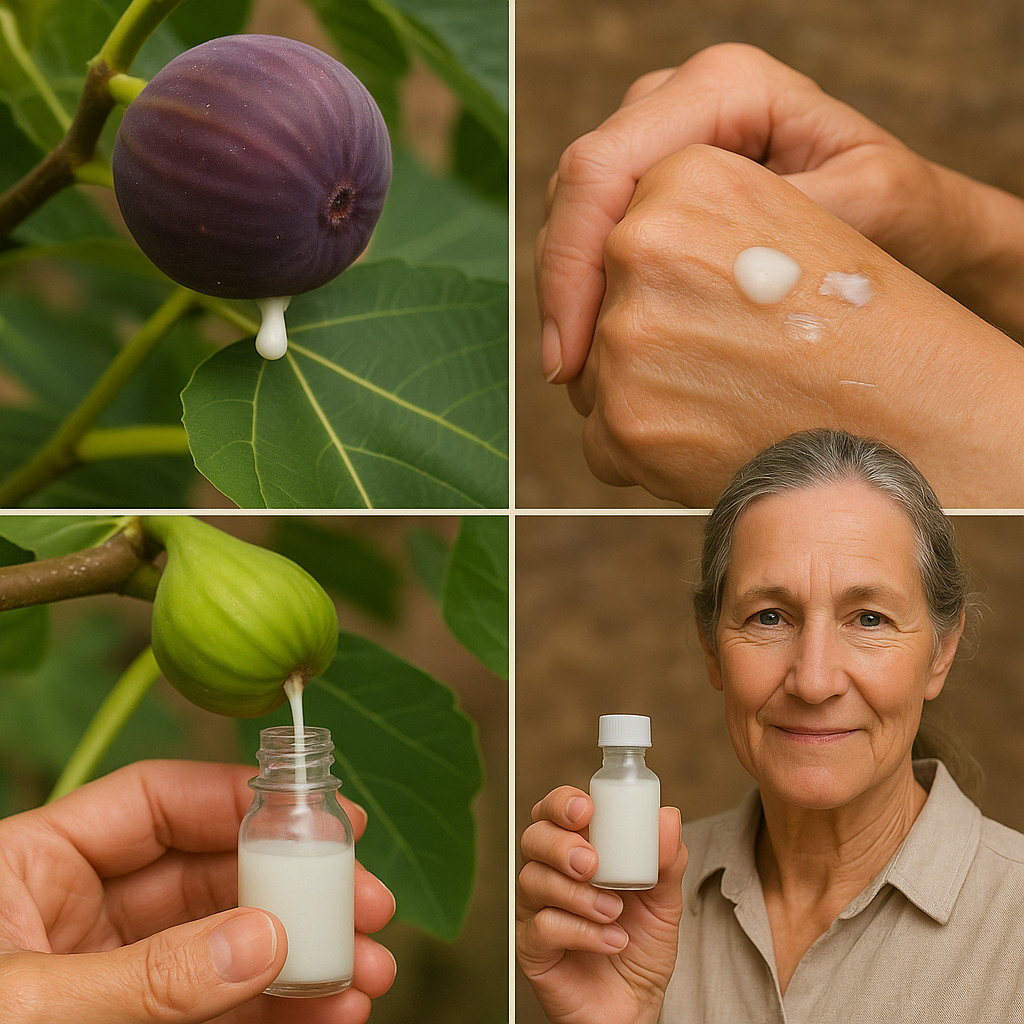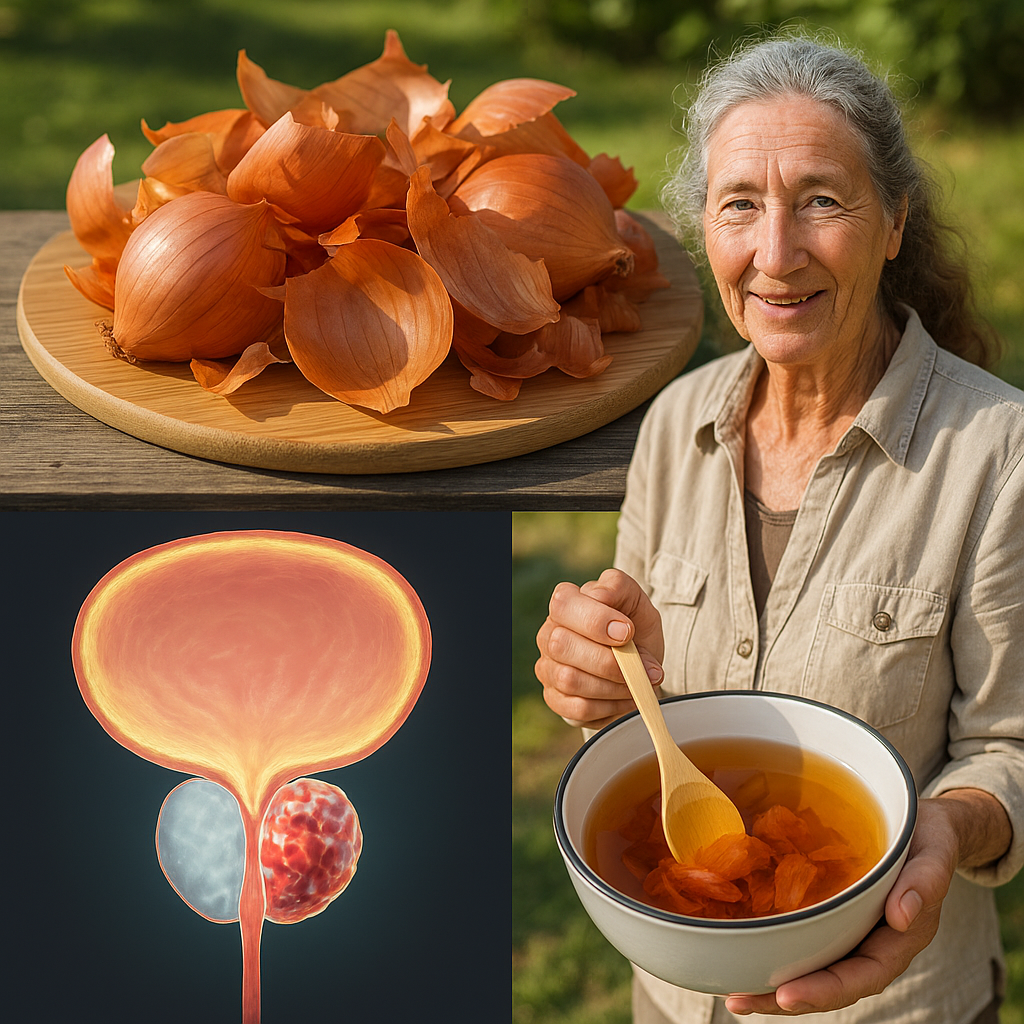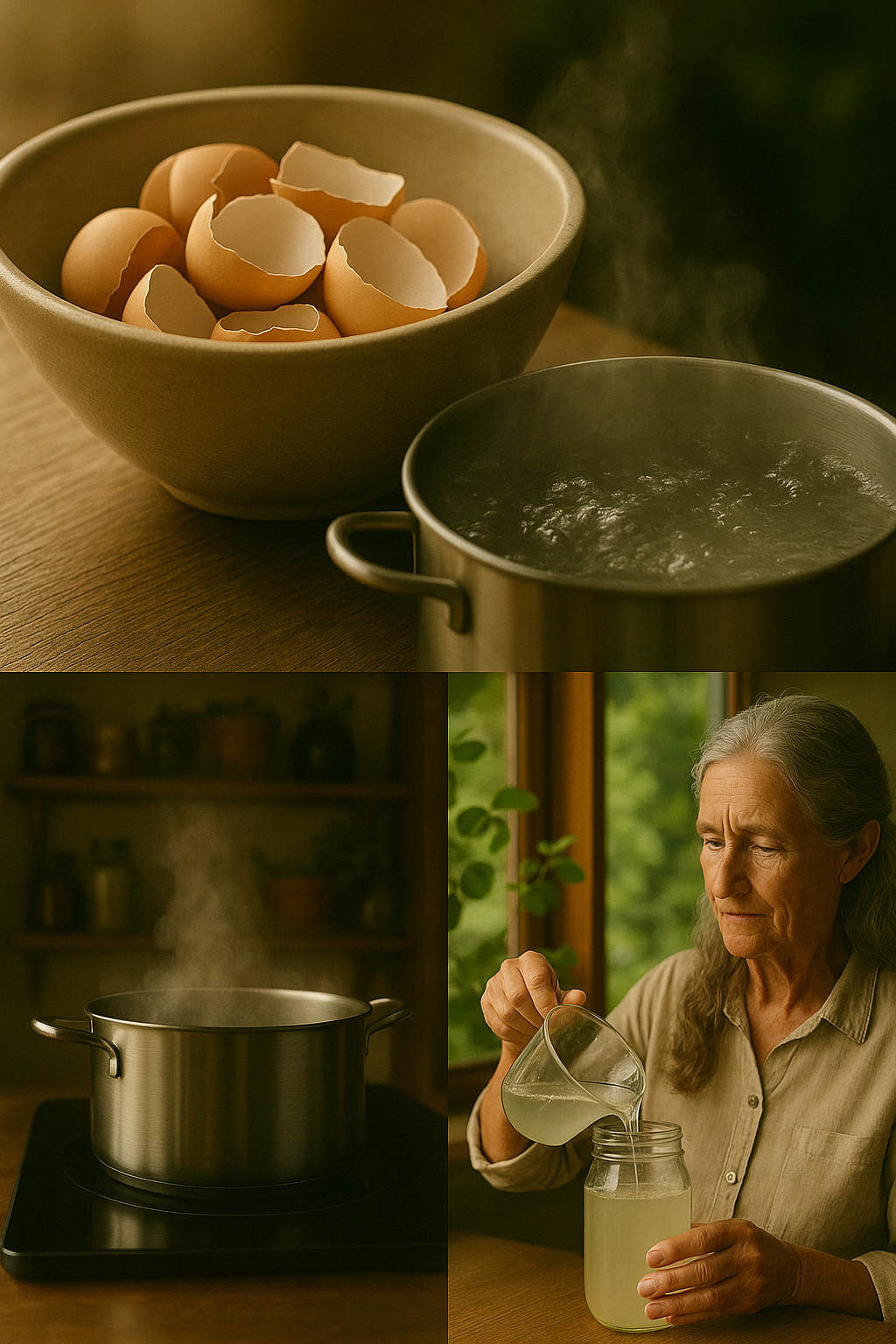You already know that fig trees produce delicious fruit—but did you know the sap they exude is a powerful, underappreciated natural resource?
With just a little care and caution, fig sap can become part of your natural remedy kit, DIY gardening tools, and even culinary experiments.
Let’s walk through exactly how to safely collect, handle, and use fig sap to elevate your eco-conscious lifestyle—step by step.

🛑 Important Safety First
Before you start, always remember:
- 🧤 Wear gloves to protect your skin (fig sap contains latex, a known irritant)
- 🥽 Use protective eyewear when cutting the tree
- 🌞 Best time to collect: Late spring to early autumn, when sap flow is active
- 🌳 Choose mature, healthy trees—never collect from young or weakened ones
🧰 What You’ll Need
- Gardening gloves
- Protective eyewear
- Sharp, sterilized knife or pruning tool
- Clean container (glass jar, bowl, or silicone cup)
- (Optional) Natural tree sealant or smooth mud for wound care
✂️ How to Collect Fig Sap Safely
- Prepare Your Tools
- Sterilize your blade to prevent infecting the tree.
- Pick a Healthy Spot
- Find a strong, undamaged branch or trunk area.
- Make a Gentle Incision
- Make a shallow cut (1–2 inches max).
- Sap should begin to ooze slowly—patience is key.
- Catch the Sap
- Hold or position your container beneath the cut.
- You may need to wait a few minutes or check back after an hour.
- Protect the Tree
- When finished, seal the incision with natural tree sealant or smooth mud to protect from pests and disease.
🌱 3 Powerful Uses for Fig Sap
1️⃣ Natural Skin Remedy (Spot Treatment Only!)
- Traditionally used for warts, calluses, and minor skin tags.
- ⚠️ Important: Always dilute and patch test first.
- Never use on broken, sensitive, or irritated skin.
2️⃣ Dairy-Free Cheese Coagulant
- Just a drop or two can curdle plant-based milks naturally.
- Used traditionally in vegan cheese-making as a gentle, natural coagulant.

3️⃣ Garden Pest Deterrent
- Diluted fig sap can discourage certain pests when applied around the base of plants.
- ⚠️ Test carefully—never apply directly to leaves or delicate stems.
🧪 How to Patch Test Fig Sap for Skin Use
- Mix a few drops of fig sap into 1 teaspoon of water.
- Apply to the inside of your wrist or forearm.
- Wait 24 hours.
- If there’s no redness, itching, or irritation, it’s generally safe for very limited topical use.
🌍 Final Thoughts: Nature’s Pharmacy in a Drop
Harvesting fig sap is a beautiful way to connect with nature, support holistic health, and embrace sustainable living—one tiny drop at a time.
Remember: Respect the tree as you would any healer.
It gives generously—but only if we give back with care.
If you have a fig tree nearby, try it out!
You might just unlock a whole new side of nature’s hidden wisdom. 🍃🌳✨


